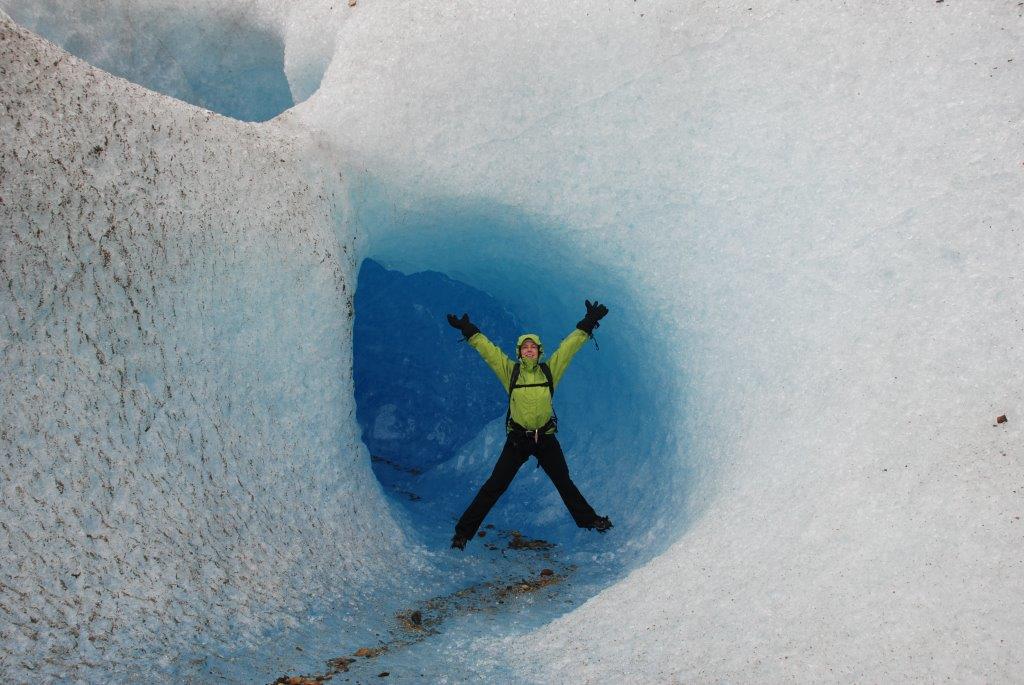To ice or not to ice is a frequently asked query. Icing is a simple and important component to injury management. Icing can help to minimize the inflammatory process, which is the process that creates swelling immediately after an acute injury (e.g. ankle sprain) or repeatedly in the case of a chronic injury (e.g. tendinitis). Icing can be used throughout the recovery process, not only in the “first 24 hours.” When applied correctly, ice is usually a good bet for the majority of injuries.
ICE PACKS: Ice packs are most effective when wrapped compression using an ace bandage or a velcro strap around the injured area. They should be used as follows: 15 minutes of icing every two hours during the first two days after the injury. As the swelling resolves and the healing process progresses, icing can be reduced to three times per day or after activity for 15 minutes until there is no longer swelling. Gel packs, bags of shaved ice, and in a pinch–a bag of frozen peas can be used. * Use a thin towel over the ice to protect the skin. More time is not better as too much icing time will have the reverse (unwanted) physiological effect.
ICE MASSAGE using an ice cup: A great way to ice a smaller area such as tendons or local muscle pulls is to rub an ice cup over the area for 5-7 minutes. Ice cups can be made by filling Dixie cups with water, allowing them to freeze, and then peeling back the top to expose the ice.
ICE BATH/ ICE BUCKET Submersion in a bucket of ice water can be very effective to quickly reduce extensive swelling that may occur with a severe ankle or foot injury. A good process is to submerge the body part in the bucket for one minute (as tolerated) then switch to a bucket of warm water for three minutes. Repeat the process for 10-12 minutes finishing with the ice water. This is known as a contrast bath.
Heat is generally more helpful only as a way to warm a muscle for stretch or massage, or for relaxation purposes later in the recovery process. Heat can be counterproductive and should not be used in the presence of swelling or redness.
Chemical heat and ice rubs generally “feel good,” but are usually of no significant value in the healing process itself.


0 Comments